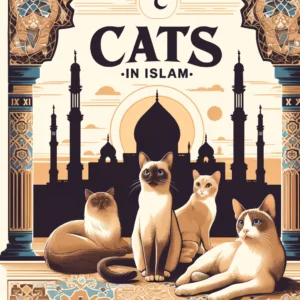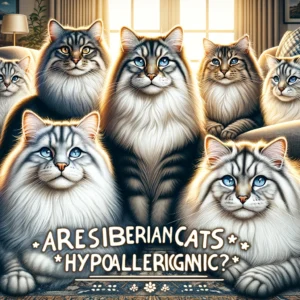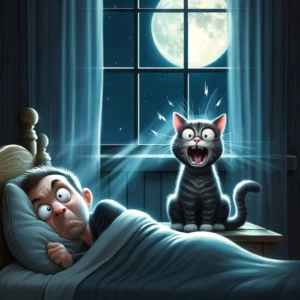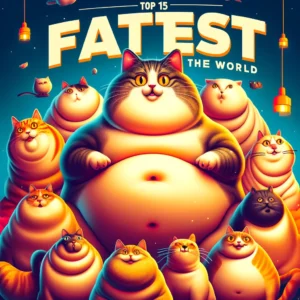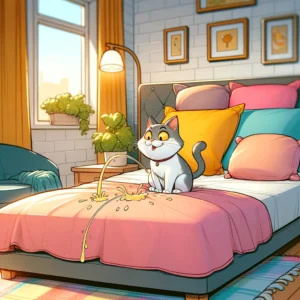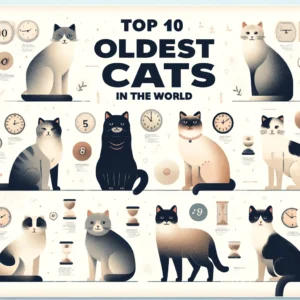Short-legged cat breeds, such as the Munchkin and its various hybrids, have captivated cat lovers worldwide due to their unique and adorable appearance. However, their distinctive physical traits also come with particular medical concerns. Here, we delve into the health implications associated with these breeds, typical health problems they face, their genetic underpinnings, and general care advice to maintain their well-being.
Genetic Background and Health Implications
Genetic Mutation
The defining trait of short-legged cats is primarily due to a genetic mutation known as achondroplasia, which is a form of dwarfism. This mutation affects the growth of long bones in the legs, thus the noticeably shorter limbs.
Potential Health Concerns
While these cats are generally healthy, the mutation that gives them their characteristic short legs can also predispose them to several medical conditions:
1. Lordosis
- Description: Excessive inward curvature of the spine.
- Impact: This can pressure the internal organs and cause respiratory and cardiac issues.
2. Pectus Excavatum
- Description: A deformity of the chest wall causing the breastbone to sink inward.
- Impact: This condition can interfere with the function of the heart and lungs.
3. Osteoarthritis
- Description: A degenerative joint disease that can result from the abnormal bone structure.
- Impact: Causes pain and mobility issues, often requiring pain management strategies as the cat ages.
Common Health Problems in Short-Legged Breeds
Mobility Issues
- Symptoms: Difficulty jumping, limping, or reluctance to move.
- Management: Weight control is crucial to reduce stress on their joints. Regular, gentle exercise can help maintain joint mobility.
Spinal Problems
- Concerns: Along with lordosis, these breeds may be prone to other spinal issues due to their shortened spine, which can affect spinal alignment and integrity.
- Prevention and Care: Regular veterinary check-ups to monitor spine health, use of orthopedic beds, and avoiding high jumps that can strain the spine.
Cardiac and Respiratory Issues
- Related to: Pectus excavatum primarily, which can compress the heart and lungs.
- Symptoms: Shortness of breath, lethargy, and in severe cases, fainting.
- Management: Surgical correction might be necessary in severe cases; otherwise, managing activity levels and monitoring through regular veterinary visits.
Care and Management of Short-Legged Cats
Regular Veterinary Visits
- Purpose: Early detection and management of any of the aforementioned conditions.
- Frequency: At least once a year for healthy adults and twice a year for kittens or senior cats.
Special Considerations in Diet
- Nutritional Needs: High-quality commercial cat food that meets AAFCO (Association of American Feed Control Officials) guidelines.
- Special Diets: May be necessary for cats with obesity to manage weight and reduce strain on joints.
Physical Activity
- Recommendations: Encourage moderate play that does not involve excessive jumping or other activities that might strain their short limbs.
- Safe Toys: Use ground-based toys that promote movement without requiring jumping.
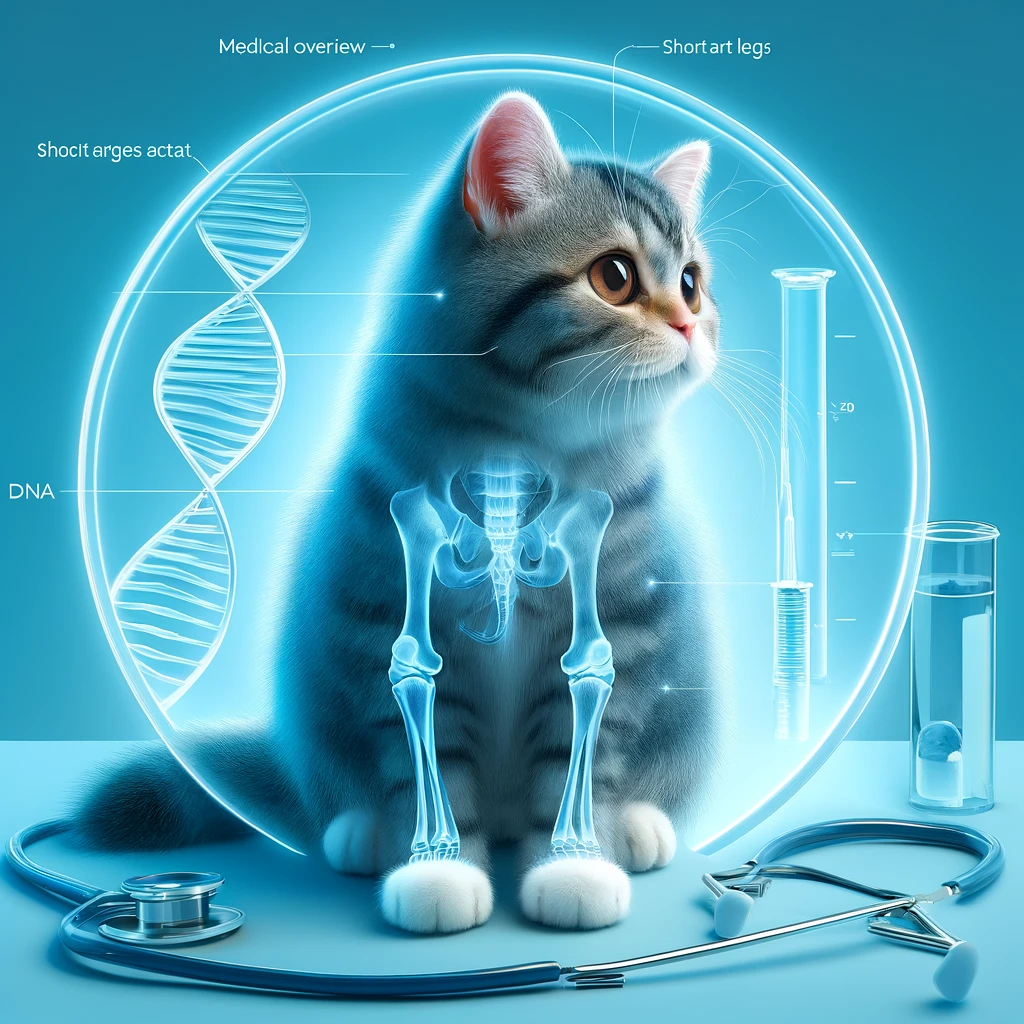
Comfortable Living Environment
- Housing: Safe, comfortable bedding and easy access to all necessities without needing to jump or climb.
- Accessibility: Consider ramps or steps if the cat likes to climb onto furniture or beds.
Emotional and Social Health
- Interaction: Regular, gentle play and interaction to keep them mentally stimulated and socially engaged.
- Stress Reduction: A calm and stable home environment that helps prevent anxiety, which can exacerbate health issues.
Paragraph Summary:
Cats with short legs, such as the Munchkin breed, exhibit a genetic mutation known as achondroplasia, which significantly impacts their physical health and mobility. These cats are susceptible to several health issues including lordosis, pectus excavatum, and osteoarthritis, necessitating regular medical check-ups and a carefully managed living environment. Their mobility is particularly affected, with difficulties in high jumps and potential for increased joint wear, making weight management and moderate exercise crucial. Dietary needs must also be carefully managed to support joint health and overall well-being. Despite these challenges, with proper care, these cats can enjoy a lifespan of 12 to 15 years, thriving in a home that minimizes stress and physical strain. Regular, gentle interaction helps maintain their emotional health and supports a stable, comfortable life.
Conclusion
While cats with short legs like the Munchkin and its derivatives are charming and affectionate, prospective owners must be aware of the special medical care these breeds require. Understanding the genetic implications and potential health risks can help owners provide the best care for these unique pets. Always work closely with a veterinarian who can guide you through the specific needs of your pet to ensure they lead a healthy, comfortable life. Regular check-ups, a proper diet, and a suitable living environment are paramount in managing the health challenges associated with these adorable yet physically unique breeds.
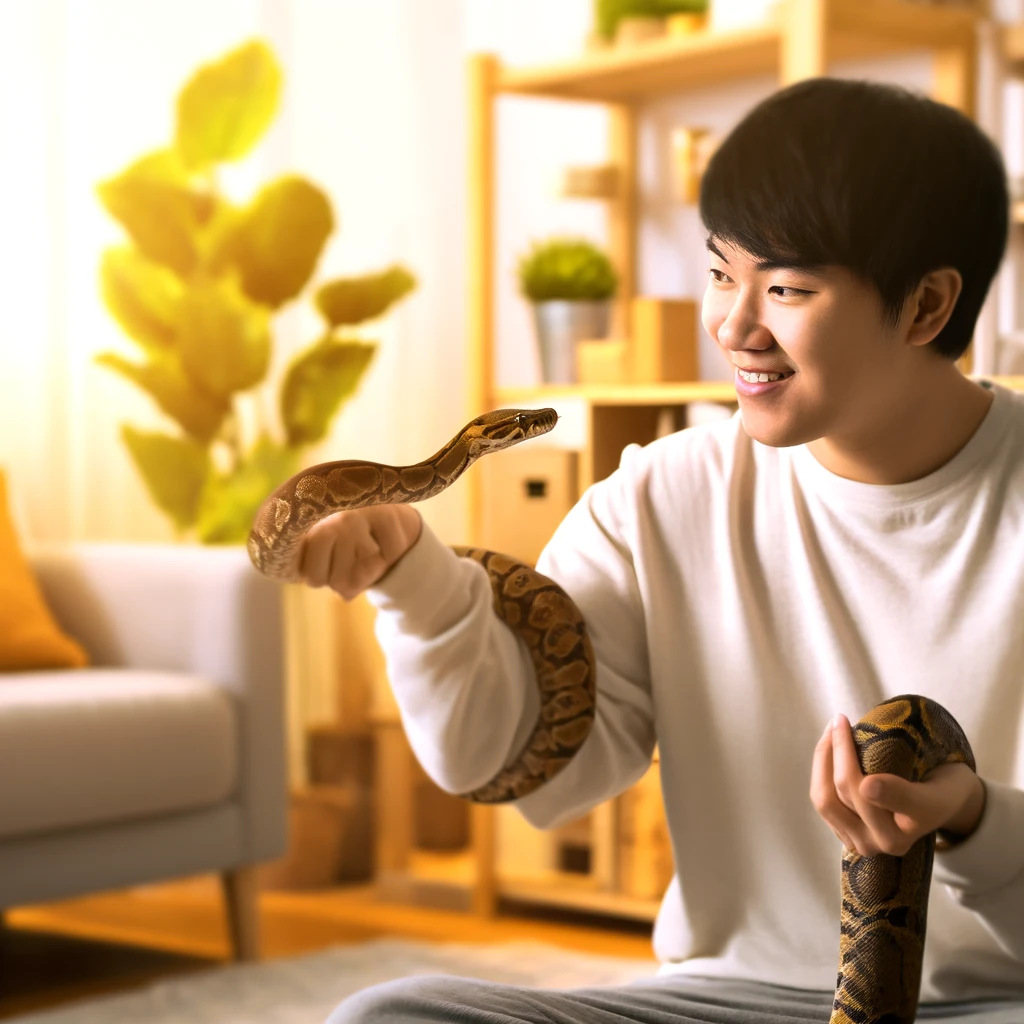
Jordan Taylor is a seasoned pet care expert and a vibrant contributor to Petmaw.com. With over a decade of experience in veterinary science, Jordan brings a wealth of knowledge and a deep passion for animals to every article. After earning a degree in Veterinary Medicine from the University of Alaska Anchorage, Jordan spent several years working in a busy veterinary clinic, where they honed their skills in pet nutrition, behavior, and wellness.
Jordan’s love for animals isn’t just professional; it’s a fundamental part of their life. Home is shared with three rescue Sloth, two cats, and a small flock of backyard chickens, each with their own rescue story and special place in Jordan’s heart. This personal connection to animals shines through in Jordan’s writing, making their advice not only expert but also empathetic and practical for pet owners.
At Petmaw.com, Jordan is dedicated to providing pet owners with the latest research, trends, and tips in pet care, from innovative feeding strategies to understanding the subtle signs of pet health issues. Whether you’re a seasoned pet owner or new to the pet parenting world, Jordan’s insights aim to enhance the well-being of pets and deepen the human-animal bond.
In their spare time, Jordan is an avid hiker, often found exploring the trails with their dogs. They also volunteer at local animal shelters, offering their expertise and helping animals in need find forever homes. Jordan’s commitment to animal welfare and passion for sharing knowledge makes them a cherished member of the Petmaw.com family and a trusted guide for our readers.
